A Plant With Purpose: How To Care For Aloe Vera

by
Joy Us garden
(IC: blogger)
This beneficial plant with purpose is really easy to grow in your home and in the garden so stay tuned because there are care tips coming your way.
I would hazard a guess to say that Aloe Vera is the most widely sold succulent the world over. Yes it’s true, this plant has been used for 1000’s of years and is still favored today. You find it in many homes and gardens and it also goes by many other names as well – Aloe barbadensis, First Aid Plant, True Aloe, African Aloe, Burn Plant and Miracle Plant, to mention a few. This beneficial plant with purpose is really easy to grow in your home and in the garden so stay tuned because there are care tips coming your way.
{
"id": "3307966",
"alt": "",
"title": "",
"video_link": "https://www.youtube.com/embed/1VK8Zczmp0M",
"youtube_video_id": "1VK8Zczmp0M"
}
{
"width": 634,
"height": 357,
"showRelated": true
}
You can watch the video with all the details on "How to care for Aloe Vera" or keep reading.
As you can see, Aloe vera grows in a rosette form as it ages. It does wonderfully in containers & I think it’s especially suited to terra cotta – it’s a great look.
Here’s what I’ve learned about growing Aloe vera:
The leaves of my Aloe vera have really greened & plumped up since I repotted it & moved it to a less sunny spot.
Here’s the offset that came off the mother plant.
This is a huge Aloe vera leaf I bought at the Mexican market near my house. All that wonderful gel!
Enjoyed the project?

Want more details about this and other DIY projects? Check out my blog post!
Published March 11th, 2016 2:10 PM
Comments
Join the conversation
1 comment
-
Great post! Love all the info. I have an aloe in my bed room in need of a container upgrade. I couldn't believe that it almost tripled in size over the winter.
 The Cross & Bully Marketplace
on Mar 11, 2016
The Cross & Bully Marketplace
on Mar 11, 2016
-




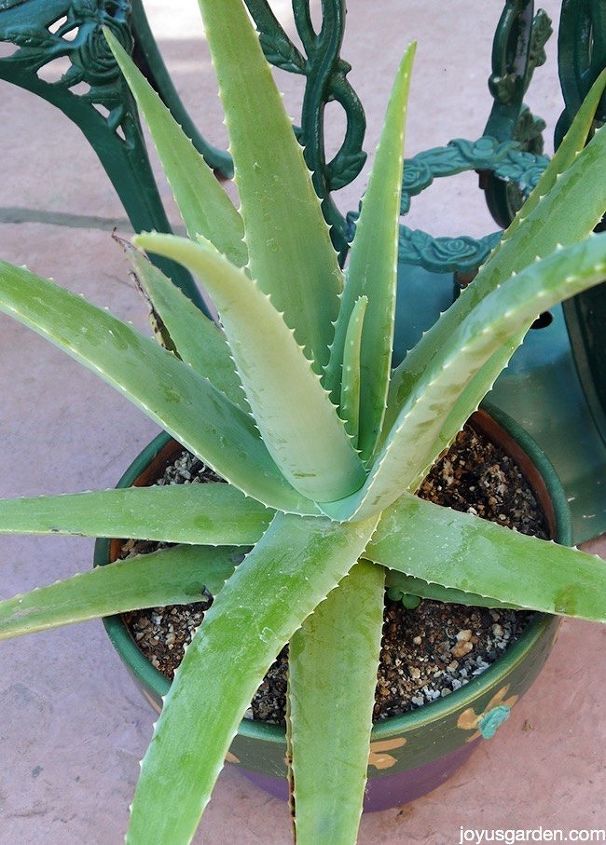











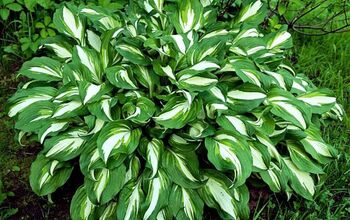

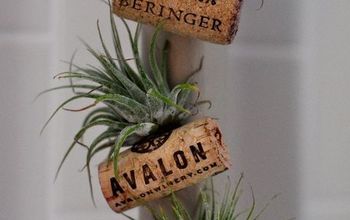
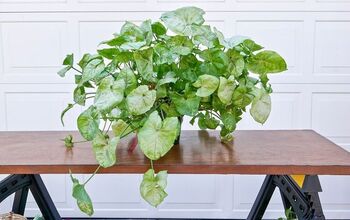

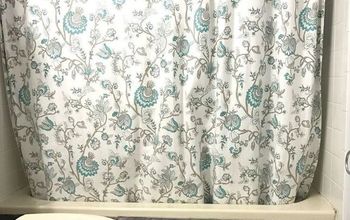

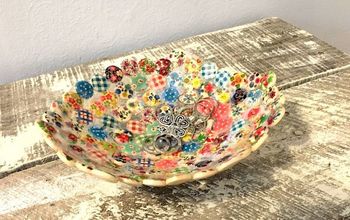
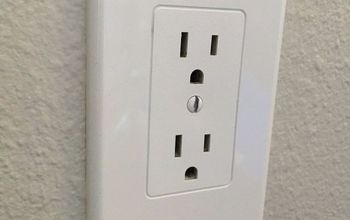




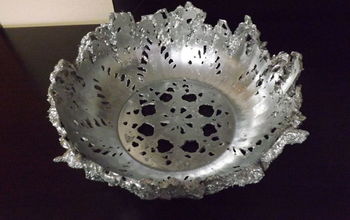


Frequently asked questions
Have a question about this project?